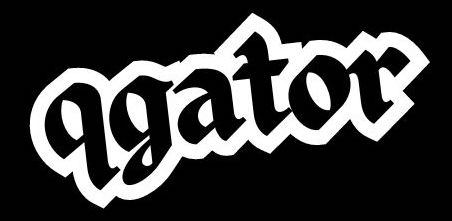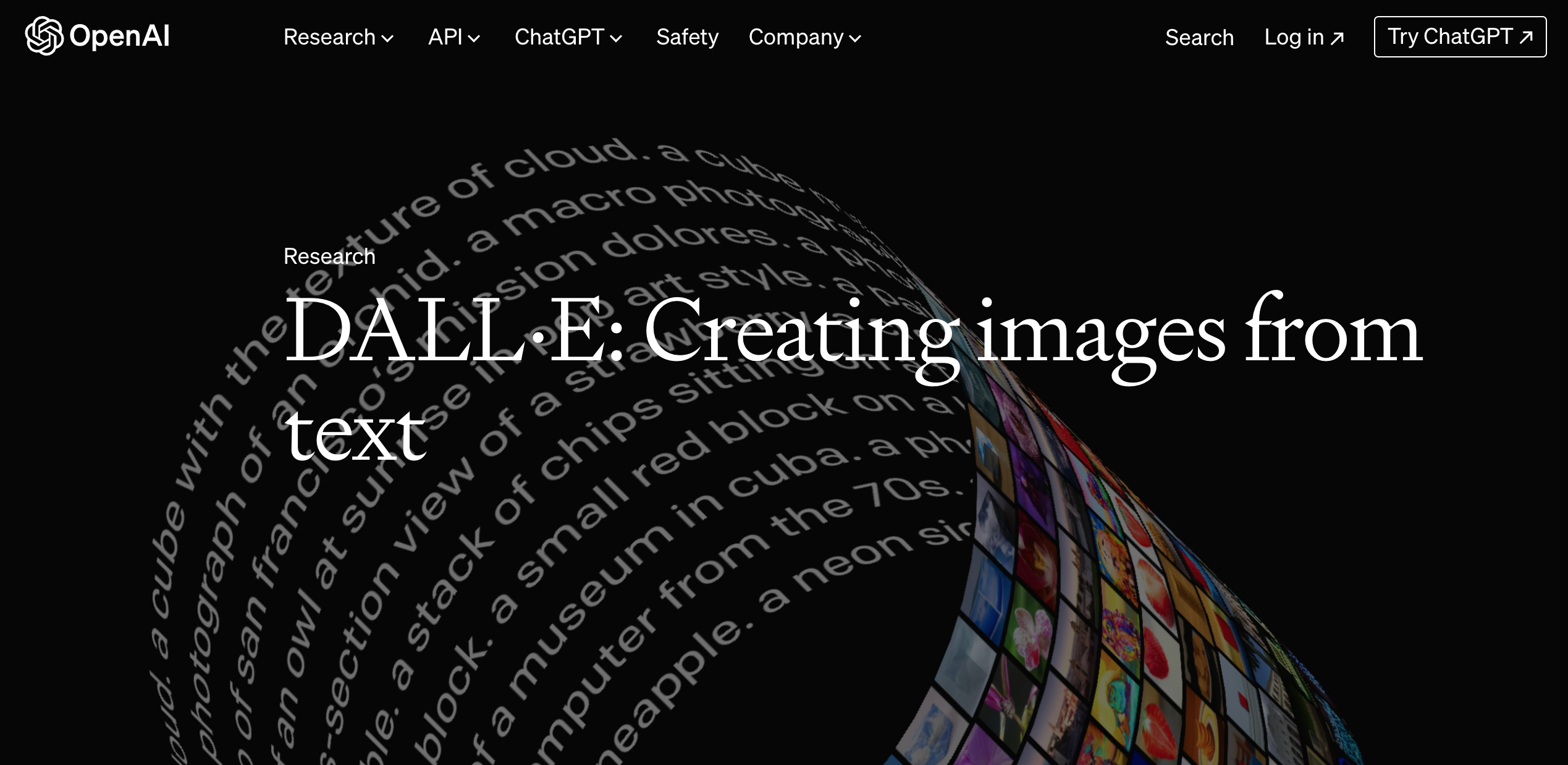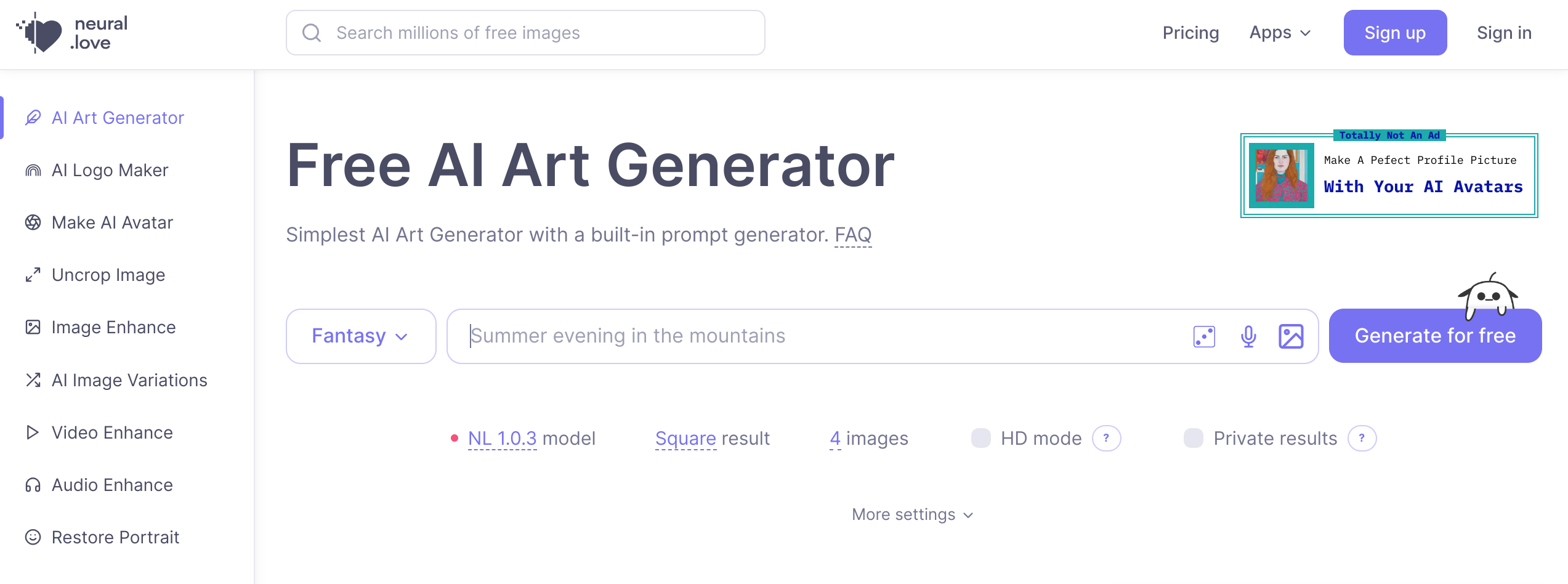I. Introduction
The world of finance is constantly evolving, and the advent of Web3 technology is poised to bring about significant changes. Web3 represents a new era of the internet, where decentralization, security, and transparency are the cornerstones. In this article, we will explore the potential impact of Web3 on the future of finance.
II. What is Web3?
Web3 is the next evolution of the internet. It is a decentralized, open-source platform that allows for secure, peer-to-peer transactions without the need for intermediaries. Unlike Web2, where data and information are stored on centralized servers, Web3 is based on blockchain technology, which allows for the creation of decentralized applications (dApps) that run on a distributed network of computers.
III. The Current State of Finance
The current financial system is centralized, with banks and financial institutions acting as intermediaries between individuals and their money. This system has been in place for centuries, and although it has evolved over time, it still has limitations. For example, the current financial system is not accessible to everyone, as many people do not have access to traditional banking services. Additionally, the current system is prone to corruption, fraud, and errors.
IV. The Potential Impact of Web3 on Finance
A. Decentralization
One of the most significant potential impacts of Web3 on finance is decentralization. With Web3, individuals have control over their assets, without the need for intermediaries. This means that individuals can transact directly with each other, without the need for a bank or financial institution to act as a middleman. This also means that individuals can access financial services that were previously inaccessible, such as microfinance and peer-to-peer lending.
B. Smart Contracts
Another potential impact of Web3 on finance is the use of smart contracts. Smart contracts are self-executing contracts that are programmed to automatically execute when certain conditions are met. These contracts can be used to facilitate financial transactions, such as the transfer of assets, without the need for intermediaries. Smart contracts also ensure that transactions are transparent and secure, as they are executed automatically and cannot be tampered with.
C. Cryptocurrencies and Stablecoins
Web3 also has the potential to revolutionize the use of cryptocurrencies and stablecoins in finance. Cryptocurrencies are digital assets that are secured by cryptography and are used as a medium of exchange. Stablecoins are a type of cryptocurrency that is backed by a stable asset, such as the US dollar, and are designed to be less volatile than traditional cryptocurrencies. Web3 technology can provide a secure and transparent platform for the use of cryptocurrencies and stablecoins in financial transactions.
D. Non-Fungible Tokens (NFTs)
Non-Fungible Tokens (NFTs) are unique digital assets that are stored on a blockchain. NFTs can represent anything from digital art to virtual real estate. Web3 technology can provide a secure and transparent platform for the buying and selling of NFTs. NFTs can also be used to represent ownership of physical assets, such as real estate and artwork, which can be tokenized on the blockchain.
V. Challenges and Risks of Web3 in Finance
While Web3 technology has the potential to revolutionize the financial industry, there are also challenges and risks associated with its implementation. One of the biggest challenges is the lack of regulation in the Web3 space. As Web3 is still in its early stages, there are no clear guidelines or regulations around the use of decentralized finance (DeFi) platforms, smart contracts, and cryptocurrencies. This lack of regulation could lead to potential risks for investors, such as fraud and market manipulation.
Another challenge is the scalability of Web3. As more individuals and businesses begin to adopt Web3 technology, the number of transactions being processed on the blockchain will increase. This could lead to scalability issues and slower transaction times. However, there are ongoing efforts to address this issue, such as the development of layer 2 solutions and sharding.
VI. Conclusion
Web3 technology has the potential to revolutionize the financial industry, providing individuals with more control over their assets, and facilitating secure and transparent transactions. Decentralization, smart contracts, cryptocurrencies, stablecoins, and NFTs are just a few of the ways that Web3 can impact finance. However, there are also challenges and risks associated with the implementation of Web3, such as the lack of regulation and scalability issues. As Web3 continues to evolve, it will be important for individuals, businesses, and regulators to work together to ensure its safe and responsible use in the financial industry.

















